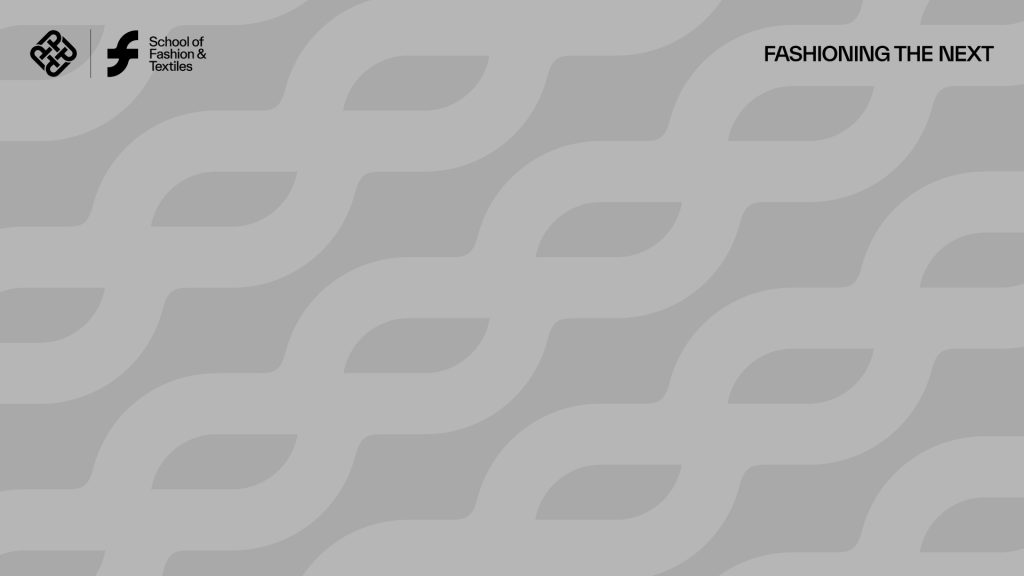Adolescent idiopathic scoliosis (AIS) is characterized by uneven shoulders, spinal curvature, and uneven hips, and asymmetry in paraspinal muscle activities is common in AIS. This pilot study was aimed at examining the use of a surface electromyography (sEMG) biofeedback posture training program in adolescents with mild scoliosis (Cobb’s angle < 30°) to attenuate asymmetry in paraspinal muscle activities and control the curve progression. Seven female adolescents (age, 12-14 years) with mild scoliosis (Cobb’s angle < 30°) were recruited. The participants received 30 tailor-made sessions of sEMG biofeedback posture training at a rate of one to two sessions per week for approximately 6 months. The activities of the paraspinal muscles (the trapezius, latissimus dorsi, thoracic erector spinae, and lumbar erector spinae) measured by sEMG during habitual sitting postures and spinal deformity evaluated by 3D ultrasound imaging were compared before and after training. The mean values of the root-mean-square sEMG ratio, an index of symmetry in paraspinal muscle activities of the muscle pairs between the concave and convex sides of the spinal curve, revealed significant asymmetry over the trapezius and lumbar erector spinae before the training (p <0.05). After the training, all seven adolescents achieved relatively more symmetrical paraspinal muscle activities over these two muscle pairs (p < 0.05). In two adolescents, the spinal curvature decreased by 5.7° and 5.6°, respectively, whereas the remaining adolescents showed a minimal curve progression with changes in the spinal curvature controlled under 5°. To conclude, sEMG biofeedback posture training can reduce asymmetry in paraspinal muscle activities and control curve progression in adolescents with mild scoliosis and can potentially be considered an alternative early intervention for muscle reeducation in this cohort.
Biofeedback posture training for adolescents with mild scoliosis

Testing
Testing
